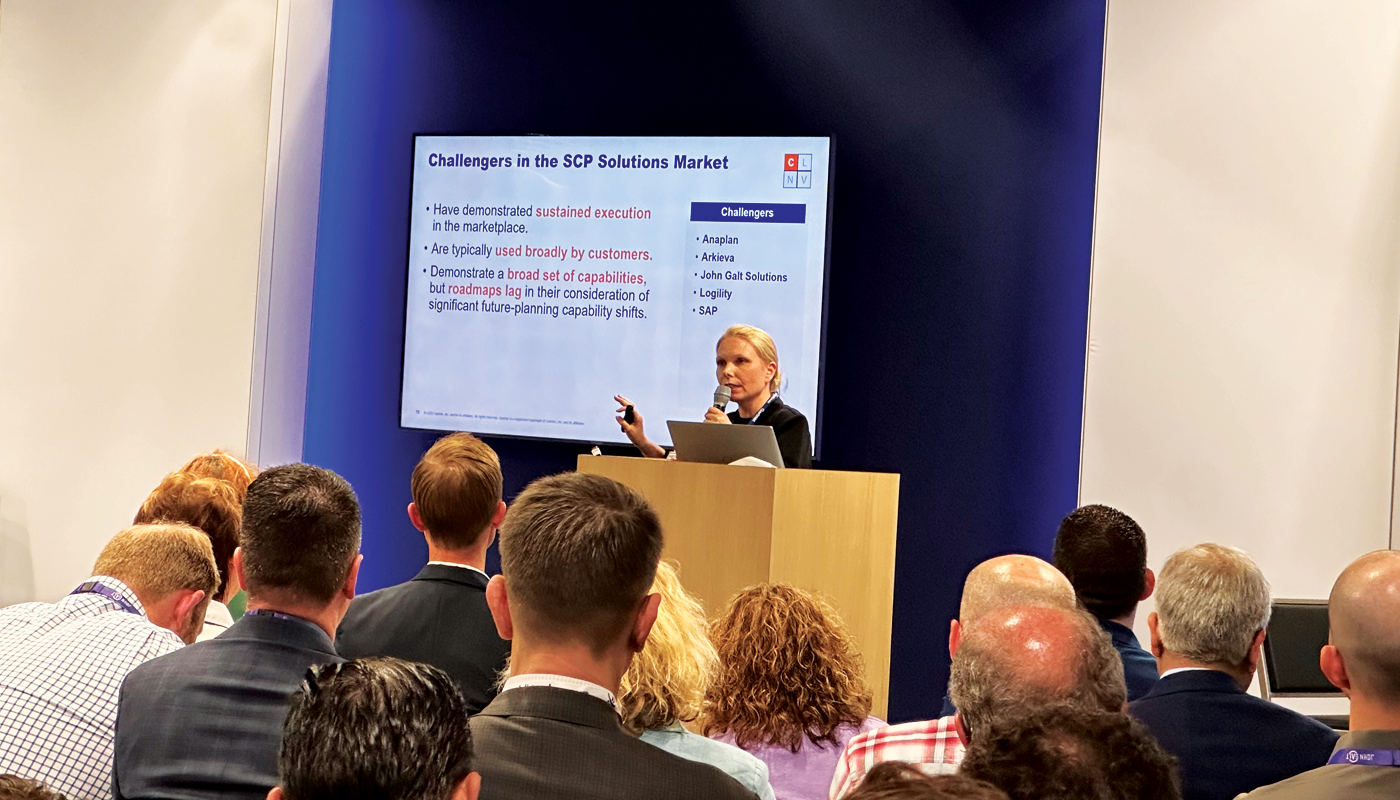It is safe to say that every business can benefit greatly from having a proper demand plan. A good forecast reduces the risk of not having your goods when and where you need them. It also helps the production team know more precisely how much to produce by which date. All of this can lead to higher customer satisfaction and lower cost. Of course, the question remains how to attain this demand plan. A pivotal part of reaching the plan is collaboration.
A forecast is often obtained by looking at the sales you had in the previous months and using this to predict the sales you will have in the next months. It is safe to say that this is only a starting point. The way to increase your forecast accuracy is to add qualitative input. This is where collaboration comes into play. For example, your sales reps take customer input and use this information to adjust the forecast. Or the marketing team is planning a promotion which means they will adjust the forecast to plan for an expected increase in sales. Different people bring in information they have about the future that you cannot predict by solely looking at history.
Collaborating to improve your forecast and demand plan is one thing but knowing how to set this up is another. Here are 5 steps that a demand planning process should have to facilitate the use of collaboration.
Have a Tool or Process to Integrate Diverse Inputs
To have a collaborative forecast, there needs to be a single tool where all inputs will be integrated. This means that different people need to be able to contribute to the same numbers at possibly different levels.
Assign an Owner
The owner is the person who drives the collaboration process forward and makes sure a decision is reached on the final forecast. The owner can consist of 1 or more persons.
Reduce Bias
People often tend to be optimistic or pessimistic which can also translate to inaccurate inputs. If this is done consistently it will result in a bias. Minimizing the bias will result in a better forecast.
Exception-Based Planning
One of the main goals of a collaborative forecast is to increase the accuracy of the forecast while reducing the time this requires. This can be achieved by exception-based planning which focuses the effort and time on what will improve the overall forecast the most. This often results in focusing on high volume/value goods or customers where the forecastability is low.
Track Metrics
You will know if collaboration is improving the forecast by keeping track of metrics. Look for incremental improvements in accuracy, how low or high the bias is, and what the added value of the collaboration is. This information needs to be used in a feedback loop so it can be used to improve the next forecast cycle.
If you are interested in learning more about the benefits of Collaborative Demand Planning, how to set this up and see an example of how this can look, watch our on-demand webinar “5 Steps to a Global Collaborative Demand Planning Process”.







